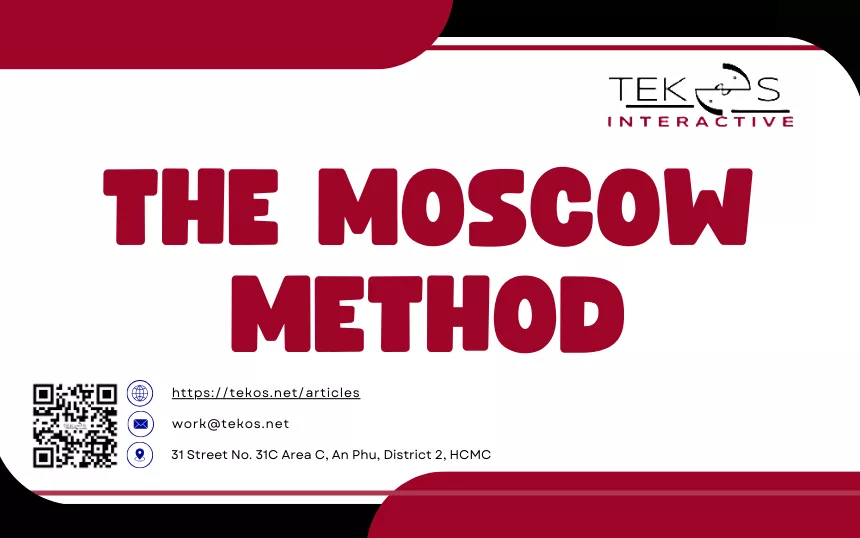Definition
Dai Clegg developed the MoSCoW method in 1994 for use in rapid application development (RAD). This prioritization technique helps managers, business analysts, project managers, and software developers collaborate with stakeholders to establish a shared understanding of the importance of delivering each requirement. Widely applied in project management, this method, also known as MoSCoW prioritization or MoSCoW analysis, is recognized as a valuable tool for enhancing collaboration and decision-making in managing complex projects. It was first used extensively with the dynamic systems development method (DSDM) in 2002, further solidifying its role in project management practices.
Simple to set up—and particularly useful for project management scenarios with time or resource constraints—the MoSCoW Method enables product development teams to rank product features and functionality across four key priority areas.
M = “Must Have”
To meet foundational user expectations or address primary product safety or reliability constraints, developers must implement these features.
S = “Should Have” (if feasible)
These features differentiate a new product from other competitor products. Although these features offer clear end-user value, they are not absolutely essential to launch a product and, thus, are less urgent to implement in the near-term.
C = “Could Have” (if it does not affect anything else)
These features can significantly impact the commercial success and viability of a product, so the product development team should implement them—provided they have enough time without compromising other must-have features. Alternatively, if the project falls behind schedule, the team can prioritize timely delivery by deferring these features in favor of a less comprehensive version of the product.
W = “Would Like to Have” (but not at this time)
The team will likely address these features in future iterations of the product, as they are not essential in the near term. Of course, should product or user priorities evolve, these features could easily move up in the order of priorities at any time.
Practice
List all tasks:
- A user can sign up
- A user can log in
- A user can reset password
- A user can choose the billing system
- A user can delete the account
- A user can open a time-tracking page
- A user can choose time-tracking options
- A user can install a mobile app version
- A user can choose the app’s visual theme
So the Prioritize should be:
Considering specific budget and time requirements, we can identify and implement the most fundamental features for the minimum viable product. After the priority analysis, we’ve got the following:
- A user MUST sign up.
- Logging in MUST be available for users.
- Users MUST have the ability to reset their passwords.
- Accessing a time-tracking page MUST be supported.
The top-priority tasks are followed by important, though not vital,functionalities for the app. These are:
- A user SHOULD have the option to choose a billing system.
- Deleting an account SHOULD be an available feature.
- Time-tracking options SHOULD be customizable by the user.
The evolution of the app does foresee its availability on mobile devices. However, this task is only nice-to-have at this point.
A user COULD install a mobile app version.
And now the least-priority feature. It aims at enhancing the user experience once the app is on track. We are definitely not going to implement theme selectability now, so we will save this feature for later.
A user WON’T choose the app’s visual theme THIS TIME.
Pros and Cons
Pros:
- It’s good for involving stakeholders without a technical background in the product prioritization process.
- Quick, easy and intuitive way of communicating priorities to the team and the customers.
- It allows you to think about resource allocation when you classify your features and requirements into each bucket.
Cons:
- It’s tempting for teams and stakeholders to overestimate the number of Must-Have features.
- It’s an exercise in formulating release criteria more than a prioritization method.
Would you like to read more articles by Tekos’s Team? Everything’s here.
References
- https://productschool.com/blog/product-fundamentals/prioritization-techniques-product-managers
- https://roadmunk.com/guides/product-prioritization-techniques-product-managers
- https://www.hotjar.com/product-prioritization/frameworks
- https://en.wikipedia.org/wiki/MoSCoW_method
- https://www.productboard.com/glossary/product-prioritization-frameworks

